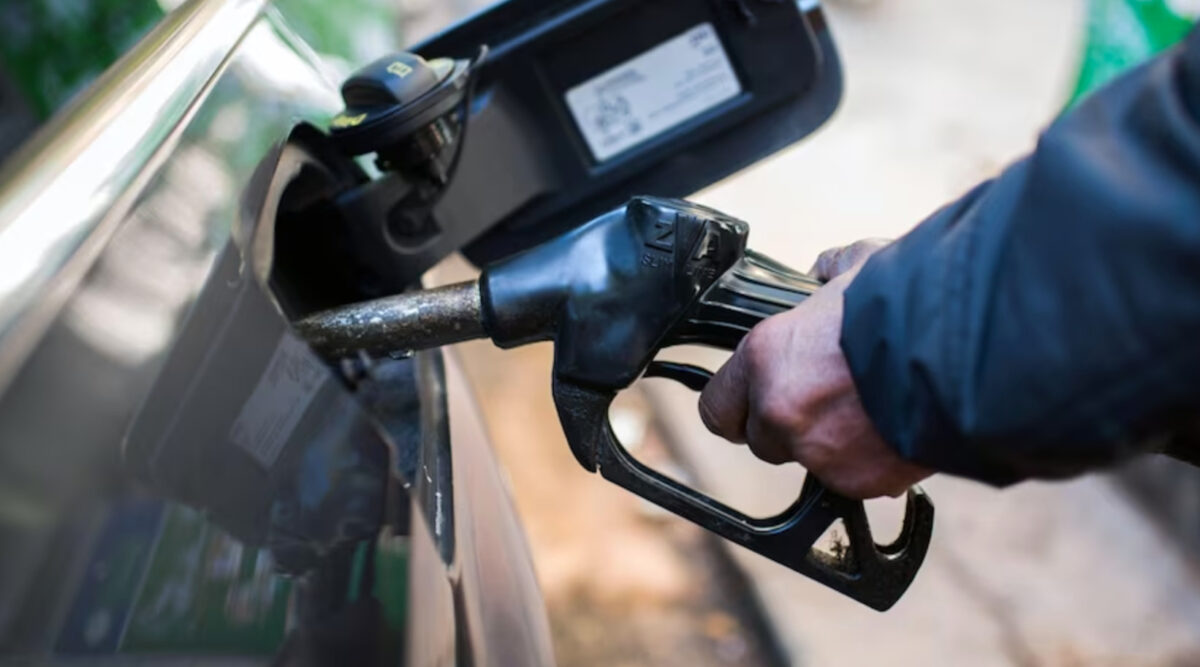A trend in the dip of the oil consumption in India, the world’s third largest oil importer and consumer is seen during the 4-month monsoon period, since parts of the country are flooded. This monsoon is no different. According to Kpler, a commodity market analytics and intelligence firm, despite the low consumption in India, the refined products are being exported and a surge is seen with the refiners.
1.29 million bpd of clean petroleum products were exported in August, highest since May 2022 standing at 1.32 million bpd. 1.20 million bpd and 1.21 million bpd clean products were exported in June and July, respectively.
Clean and Dirty Products
In the context of the oil industry, the term “clean products” signifies a specific group of petroleum products that remain uncontaminated and have not been employed in any prior applications. This classification encompasses notable crude oil-based fuels, including diesel, petrol, jet fuel, kerosene, and naphtha. Conversely, the designation of “dirty refined products” pertains to substances such as fuel oil, low sulphur waxy residue, and carbon black feedstock. These products have undergone prior use and may carry residual impurities.
Generally, the demand for fuel and other petroleum products usually differs during this time due to rains, causing the work to slow down, and fuel and other petroleum products by extension. The monsoon pattern has been rather erratic this year, including the extreme weather events in some parts of the country, which has led to significant impact on the consumption trend, said a senior official with a public sector fuel retailer. Indian refiners anticipate a positive shift, expecting demand to regain strength in the upcoming month and further improvement during the approaching festival season.
Indian Consumption
According to data released by the Petroleum Planning & Analysis Cell (PPAC) of the Ministry of Petroleum and Natural Gas, India’s consumption of fuels and other petroleum products in June declined 6.4 per cent from May to 19.36 million tonnes. This decline can be attributed to a variety of factors, including reduced mobility and construction work during the monsoon season. The trend continued into July, with consumption further decreasing to 18.09 million tonnes. The official data for August is expected to be available in the second week of September, offering a comprehensive view of the impact of monsoon-related factors on India’s fuel consumption patterns.

Jet Fuel exports
During August, India’s jet fuel exports maintained an impressive average of 242,382 barrels per day (bpd), as indicated by data from Kpler. This figure marks a record high, surpassing the previous peak of 206,871 bpd recorded in June 2018. The preceding month saw jet fuel exports from India amounting to 198,968 bpd. Notably, in June, which marked the commencement of the southwest monsoon, jet fuel exports remained strong at 183,661 bpd.

Kpler’s Lead Crude Analyst Viktor Katona said “Jet fuel exports out of India are hitting an all-time high in August and in general, clean product exports out of India are the highest since May 2022. So, even though domestic demand is shaky because of the monsoon season impact, Indian refiners seem to be running quite high, availing themselves of refinery margins being well in the double digits.”
India, positioned as the world’s third-largest consumer of crude oil, heavily relies on imports to fulfil more than 85 percent of its oil needs. However, it’s worth noting that despite this dependence, the nation has managed to achieve the status of a net exporter of petroleum products. This shift is due to its substantial refining capacity of 250 million tonnes per annum, roughly translating to around 5 million barrels per day (bpd). This refining capability surpasses the domestic demand, a strategic edge that enables India to engage in petroleum product exports on a notable scale.
Amidst the monsoon’s predictable impact on oil consumption, India’s refiners demonstrate adaptability. August’s 1.29 million bpd clean petroleum exports, despite reduced local demand, underline this resilience. Notably, private sector giants Reliance Industries and Nayara Energy shine as exporters. While public sector refiners focus on the domestic market, diverse export outlets prove crucial in maintaining robust capacity utilization during lean monsoons, showcasing India’s strategic balance.













